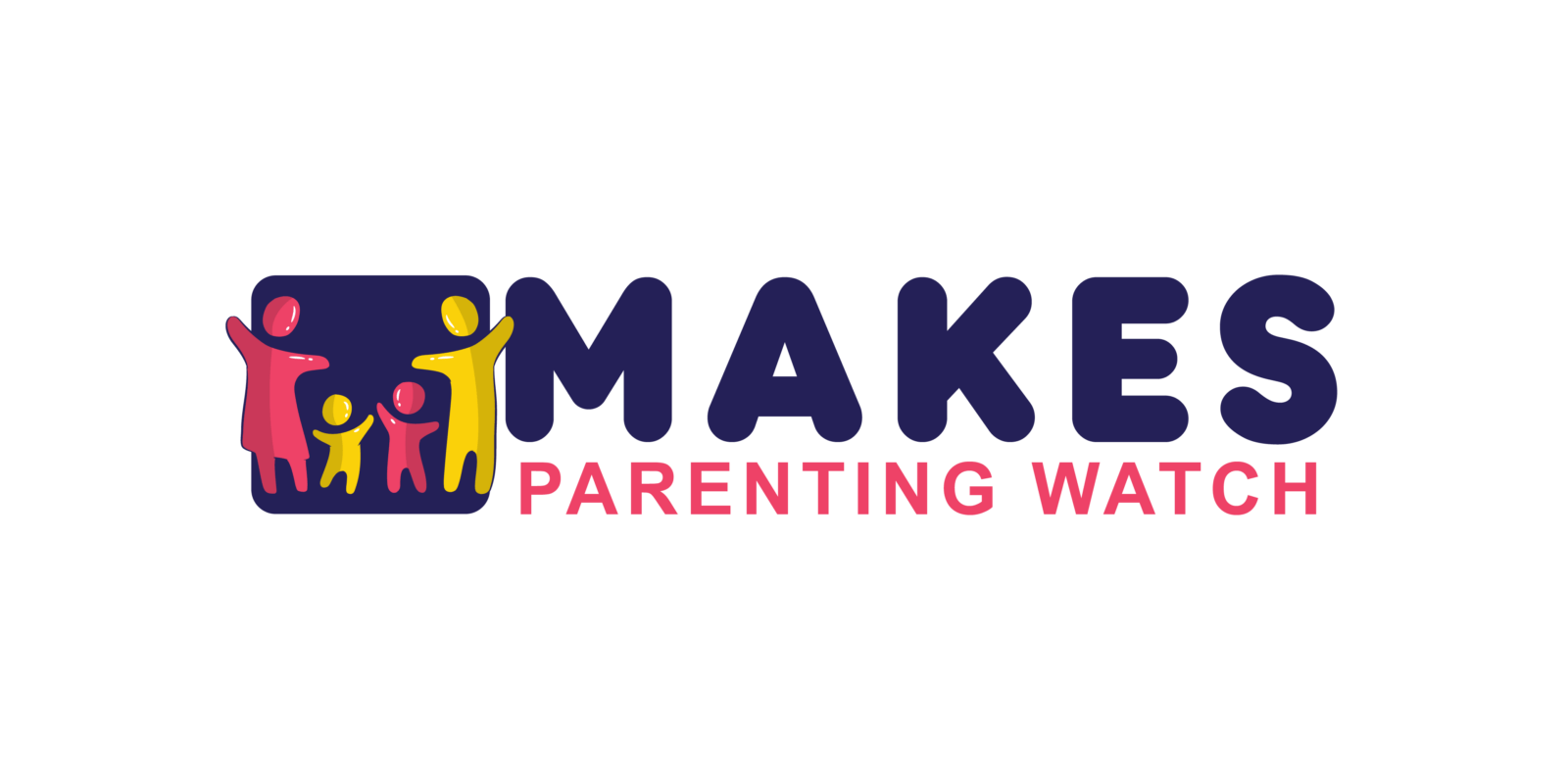Navigating the world of online learning tools can be overwhelming for parents trying to support their kids at home. That’s why resources like the active learn parent guide fparentips are gaining traction — they simplify the process of understanding digital educational platforms while offering real support that helps families stay on track.
What Is Active Learn, and Why Should Parents Care?
Active Learn is a digital learning environment used widely in schools to support literacy, language, math, and science instruction. It includes interactive programs like Bug Club, Rapid, and Power Maths that schools assign to students for both classroom and home learning.
While teachers use it as a tool to personalize instruction and assign tailored activities, parents often wonder how they can engage meaningfully with what their child is doing. That’s where the active learn parent guide fparentips becomes a game changer. It provides a step-by-step breakdown that makes the platform less intimidating, so parents can better understand what their child is working on and offer the right kind of support.
Getting Started with Active Learn at Home
If this is your first time logging into Active Learn with your child, the initial interface can feel a bit cluttered. But don’t worry — here’s how to streamline the setup:
- Login Together: Use the credentials provided by your child’s teacher. Sit down together and explore — this builds confidence and trust.
- My Stuff Tab: This area shows all assigned books, tasks, and games. It’s where the learning happens. Encourage your child to explain activities to you.
- Rewards System: Active Learn includes a “rewards” feature where children collect coins for completing tasks. Don’t brush this off — it’s a useful motivator.
- Progress Tracking: Parents can view completion stats and time spent on activities. Use this to keep tabs without hovering too much.
Referencing the active learn parent guide fparentips frequently helps ease technical hiccups and explains what various icons and labels actually mean.
Supporting Your Child Without Hovering
The balance is tricky. You want to be involved but not smothering. Here are five practical strategies:
- Ask, Don’t Solve: When your child is stuck, ask guiding questions instead of giving answers.
- Create Routine: Designate 20–30 minutes of consistent time for Active Learn activities daily. Routine reduces resistance.
- Celebrate Micro-Wins: Finished a book? Completed a quiz? Celebrate it. Motivation is contagious.
- Stay Curious: Show genuine interest in their assignments. Ask what they enjoyed or learned today.
- Use the Resource: The active learn parent guide fparentips is designed specifically to help you understand key tasks and learning goals. Lean on it.
Common Frustrations — and How to Solve Them
“I don’t know what to do in this app.”
Most parents say this at some point. Active Learn doesn’t always make it easy. The parent guide helps break down areas like ‘My Library’ and ‘My Rewards’ into plain, understandable steps.
“My child says they’re bored.”
Use the teacher-assigned tasks as your baseline but explore optional books and games. Let your child pick 1 or 2 items they’re excited about and then use those as warm-ups.
“It’s too much screen time.”
Fair point. Set a timer. Keep sessions short. Thirty minutes daily, max, is a solid rhythm. Balance screen work with paper-based activities or reading aloud together.
“Logging in is inconsistent.”
Sometimes, logins reset or update. Bookmark the login page and save credentials securely. Don’t hesitate to contact your child’s teacher if something’s truly off.
Don’t forget that the active learn parent guide fparentips walks through these common challenges step-by-step, often with screenshots to reduce guesswork.
Building Confidence — For You and Your Child
This isn’t just about the software — it’s about helping your child learn how to learn. When you engage with tools like Active Learn, you’re modeling patience, problem-solving, and curiosity.
The guide underscores this process by giving you language prompts, discussion starters, and even example questions to ask your child. You don’t need to be an educator to be an effective support system. You just need presence and intention.
Making Partnership with Teachers Work
Your child’s teacher is assigning tasks based on curriculum goals. The best progress happens when home support aligns with classroom objectives.
Three easy ways to make that connection:
- Check Weekly: Glance through completed tasks and note anything puzzling. Bring questions to teacher conferences or email them.
- Ask for Clarity: If tasks seem too easy or too hard, speak up. Teachers appreciate data from home.
- Be Honest: If tech issues, routines, or motivation are disrupting learning, let them know. Solutions often exist, but only if they’re aware of the problem.
Using the recommendations from the active learn parent guide fparentips makes it easier to translate classroom goals into home routines in a collaborative way.
Final Takeaways
Your child doesn’t need perfection. They need consistency, light encouragement, and some mutual exploration. Digital platforms like Active Learn are powerful, but only when paired with active involvement from adults at home.
Start small. Personalize the experience. Refer to the guide when things feel unclear.
And remember: seeing your child grow through challenges is worth every login hiccup.
For a more detailed walkthrough and support resources, keep the active learn parent guide fparentips bookmarked as a go-to reference.


 Editheena Kees – Health and Wellness Specialist Editheena Kees is a dedicated Health and Wellness Specialist at Makes Parenting Watch, where she combines her expertise in pediatric health, nutrition, and mental wellness to offer parents comprehensive support for raising healthy children. With a background in public health and family nutrition counseling, Editheena understands the importance of a balanced approach to both physical and mental well-being. She writes extensively on topics such as healthy eating habits for children, strategies for managing parental stress, and the importance of self-care for new parents. Editheena also emphasizes the significance of fostering healthy emotional development in children, offering tips on building resilience and maintaining strong family connections. Her holistic approach ensures that families are equipped not just to survive the challenges of parenting, but to thrive. In addition to her writing, Editheena collaborates with healthcare professionals to provide readers with the latest research and recommendations in child health.
Editheena Kees – Health and Wellness Specialist Editheena Kees is a dedicated Health and Wellness Specialist at Makes Parenting Watch, where she combines her expertise in pediatric health, nutrition, and mental wellness to offer parents comprehensive support for raising healthy children. With a background in public health and family nutrition counseling, Editheena understands the importance of a balanced approach to both physical and mental well-being. She writes extensively on topics such as healthy eating habits for children, strategies for managing parental stress, and the importance of self-care for new parents. Editheena also emphasizes the significance of fostering healthy emotional development in children, offering tips on building resilience and maintaining strong family connections. Her holistic approach ensures that families are equipped not just to survive the challenges of parenting, but to thrive. In addition to her writing, Editheena collaborates with healthcare professionals to provide readers with the latest research and recommendations in child health.
